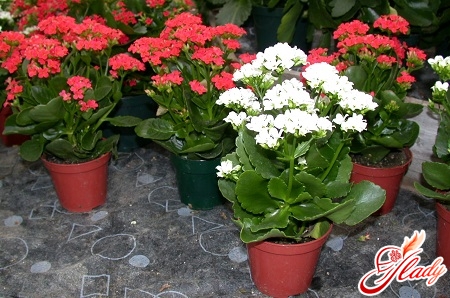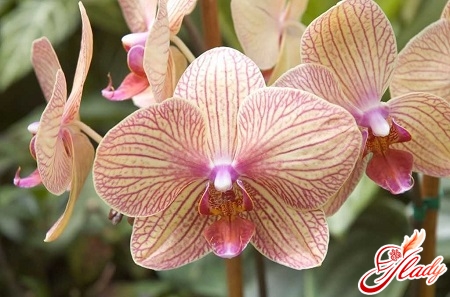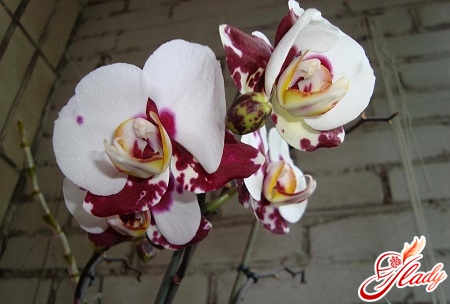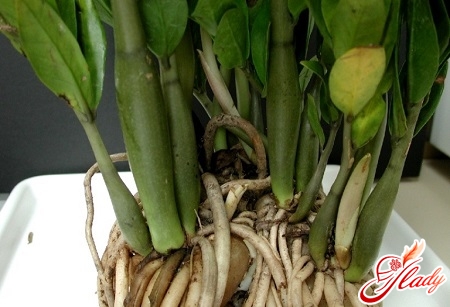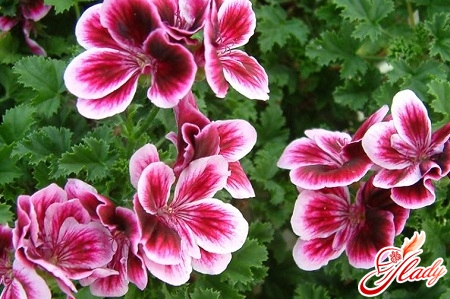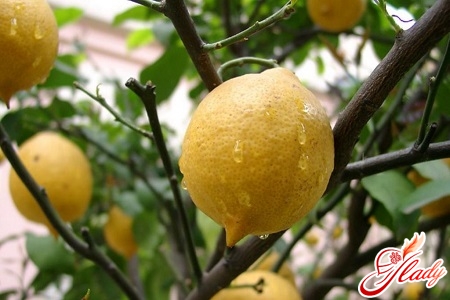 Tell me, do you like to treat yourself to something aromatic?tea with a slice of lemon? We think the answer will be positive. Now you can buy yourself a healthy fruit in any grocery store. But what if you try to grow it yourself? This idea has so many advantages that it becomes clear why many have already made it a reality. We all know that lemons are the first fighters against colds. But growing a lemon tree in your home is worth it not only from a practical point of view. This tree will decorate the entire room and fill the air around with a joyful aroma. So let's find out how to properly care for an indoor lemon, so that you can not only admire its beauty and smell, but also get a harvest of healthy fruits.
Tell me, do you like to treat yourself to something aromatic?tea with a slice of lemon? We think the answer will be positive. Now you can buy yourself a healthy fruit in any grocery store. But what if you try to grow it yourself? This idea has so many advantages that it becomes clear why many have already made it a reality. We all know that lemons are the first fighters against colds. But growing a lemon tree in your home is worth it not only from a practical point of view. This tree will decorate the entire room and fill the air around with a joyful aroma. So let's find out how to properly care for an indoor lemon, so that you can not only admire its beauty and smell, but also get a harvest of healthy fruits.
Location and temperature
With the arrival of spring comes the mostis a crucial time for caring for indoor lemons. During this period, lemon trees enter an active phase, they begin to grow, and the plants begin to bud. In order to get more useful ovaries, and then ensure better development of the buds, keep the plant at a room temperature of about +14..18°C. An increase in temperature has a depressing effect on the lemon tree, it may begin to shed buds and ovaries. After the outside temperature is set at no lower than +12°C, you can take your fragrant pet out into the open air. Let it enjoy its freedom on the terrace, in the garden or on the balcony. Since lemon does not tolerate sudden changes in temperature, be prepared to cover it with a piece of burlap, gauze or even a light blanket when it gets cold. To gradually accustom the tree to the effects of the sun, keep it in the shade at first. When autumn comes, do not delay the reverse process of returning the lemon tree to indoor conditions. Otherwise, having got into warm cozy walls from lower outdoor temperatures, it may bloom again. Therefore, as soon as the air outside has cooled to 10-12 ° C, begin to gradually accustom the lemon tree to returning to the house. Bring it into the room at night, and take it outside again during the day. This procedure can be done for a week, and then finally leave the pet indoors. The most optimal temperature around the indoor lemon during wintering will be from 14 to 16 ° C, with moderate humidity in the room. This will allow your bush to keep all the leaves, and the fruits on it - to ripen. Do not forget to air the room where your charming lemon is wintering daily. Just remember that the plant should not be at the intersection of air flows: cold from the window and warm from the room. Therefore, do not open the window where your lemon tree is located. It will not be happy with such a dismissive attitude towards its person. It should also be remembered that good lighting plays a big role in growing and caring for lemon trees. They love bright rooms filled with sunlight. However, you should not overdo it - the plant should be protected from direct sunlight so that the leaves do not get burned. Lemon growing experts and gurus recommend keeping your lemon trees on western or eastern windows. For a comfortable existence, a lemon needs about twelve hours in a lighted place. When autumn and winter come, natural light is no longer enough. Therefore, take care to buy fluorescent lamps that will help you compensate for the lack of daylight for the little lemon. Also take care to decide on the location of your handsome man as soon as possible. Lemons are sensitive to changes in lighting, and stop growing for the time it takes to adapt to new light conditions. Therefore, do not move the tree from place to place too often.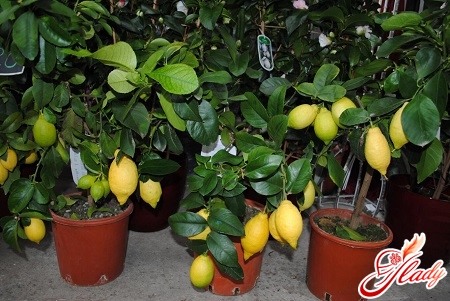
Watering and humidity
Lemon loves water.In spring and summer, provide it with regular and abundant watering, but do not overwater. The water that has accumulated in the tray should be drained. In winter, watering should be more moderate, but you need to ensure that the soil in the pot never dries out completely. The top layer may dry out a little, this will not harm the tree, unlike complete drying of the soil. In this situation, the leaves of the plant begin to turn yellow and fall off. But there is also a danger in over-moistening the soil, especially if the room temperature is cool. Stagnant water can provoke the process of rotting in the roots, which will lead to the death of your lemon tree. The most ideal water for watering your plant is rain or melted water. Since it is not always possible to have such moisture at hand, you can use ordinary, well-settled water for irrigating the lemon. Its temperature should be two to three degrees higher than the air temperature. The time for watering is also important. In spring, it is better to moisten lemons early in the morning, and in the summer-autumn period - in the evening. Lemons do not tolerate excessive dry air, especially when accompanied by high temperatures. Therefore, in rooms with central heating, it is necessary to ensure that the humidity is comfortable for the plant. This can be done in several ways at once. You can put the pot with the plant on a metal tray with expanded clay or pebbles, and pour water into it. And during the day, spray the plant with warm water. Such measures are quite sufficient to create the necessary conditions for the happy existence of your lemon tree.
Fertilizers and top dressing
Great importance in caring for indoor lemonhas timely feeding and fertilization. This is important for normal growth and subsequent development of the plant. The frequency of feeding and the amount of fertilizer itself depend on many factors: the condition of the plant, the season, even the volume of the container in which the lemon grows. In order to properly care for the plant, it is important to provide it with timely feeding and nutrition. This is especially important during the period of active growth, which begins in the plant from March and lasts until October. Feed your lemon once every ten to fourteen days with liquid fertilizers. You can use both mineral and organic types of fertilizer, alternating them. In winter, it will be sufficient to fertilize the lemon tree no more than once a month, also reducing the dosage of fertilizer. Observe the appearance of the lemon. Your lemon tree itself can tell you how to care for it and what fertilizer it lacks. By the growth of shoots, the color of the leaves, the color and size of the fruits, you can easily understand what nutrients the plant needs. Nitrogen deficiency is manifested by the leaves turning yellow. New leaves cannot form normally and grow fully. The plant's yield falls, and the fruits themselves become smaller. Phosphorus deficiency ruins the lemon's metabolism. The leaves turn pale and begin to fall off. The shape of the fruit is deformed, acquiring ugly forms. If the indoor lemon lacks iron, the plant can get chlorosis. This is manifested by the leaves changing color. They become pale, then yellow. The color of the fruit also becomes lighter, after which the tree begins to get rid of developing lemon fruits altogether, shedding them. The tops of the branches begin to dry out.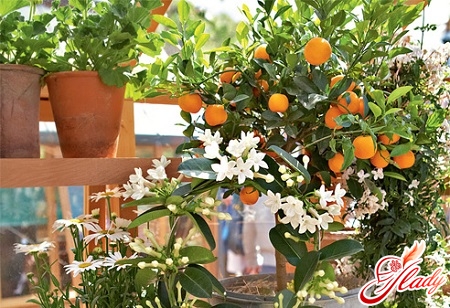
Choose dishes for lemon tree
Indoor citrus plants, in particularlemon, like to live in baked clay containers. Young trees should be replanted annually. This is done in the spring. Older trees are replanted every three to four years, changing only the top layer of soil each year. Do not place indoor lemon in a container that is too large. Since you already know that over-watering is harmful to lemon, do not forget to pour a generous layer of drainage on the bottom of the container.
Crown formation and trimming
The first three to four years of the lemon treeneeds crown formation. Prevent the tree from growing shoots chaotically and from growing twigs uncontrollably. Try to make the crown bushy and proportional whenever possible. The pot in which your pet grows should be occasionally turned, but no more than thirty degrees per month. If individual twigs growing vertically appear inside the crown, get rid of them. While your tree is still young, it has not become woody, and you have the opportunity to straighten the growth of branches that spoil the appearance of the plant. To do this, you can stick a stick in and fix the unruly branch in the desired direction with twine. Long shoots should be trimmed. After all, the more the lemon bushes, the faster the flowering process will begin. The tree will also look more aesthetically pleasing and attractive. Remember that all buds must be plucked off in the year of planting. Flowering requires too much energy from a young plant, takes a lot of nutrients. A plant that is not yet strong enough may not withstand such a load, which increases the risk of its death. Caring for the crown of an adult lemon tree consists of pinching it as needed, removing diseased or broken branches, as well as new shoots growing inside the crown. When the lemon begins to bear fruit, you will need to normalize the harvest. This involves removing some of the flowers that have appeared. When normalizing the harvest, weak buds or flowers are removed, and in some cases even flowering branches. By removing unnecessary buds, you give the tree the opportunity to focus on the ripening of useful ovaries. But even if all the buds look healthy, excessive flowering can exhaust the plant. In addition, the amount of useful ovaries decreases. This leads to the fact that even with an abundant harvest at first glance, not all fruits are of equally good quality. And the tree, having used up all its strength, may not begin to bear fruit next year.
Pest Control
It should be remembered that when caring for lemonIt is necessary to protect your tree from pests such as scale insects, red spider mites and thrips. If the plant is damaged by a mite, it is at risk of dying if you do not detect in time that it has been infected. It is quite easy to detect this by the traces of the web, which is usually located on the underside of the leaves. You should urgently increase the air humidity and treat the lemon tree with a solution of the drug Actellic. The scale insect feeds on the juice of the lemon tree. As a result of such exposure, yellow spots appear on them, and later the leaves begin to dry out and fall off. In case of severe damage, you should get rid of pests and parasites by treating the plant with malathion. The drug should be diluted in a proportion of 15 drops per 1 liter of water. If you follow these not very complicated rules for the care and maintenance of a lemon tree in indoor conditions, you will soon be able to admire a whole "lemon grove" on your windowsill. Enjoy not only the wonderful aroma that comes from the plant, but also have tea parties with the addition of lemon grown by your own efforts. We wish you success in this pleasant and exciting activity!




